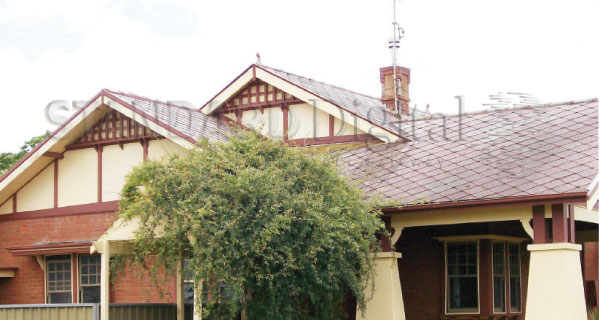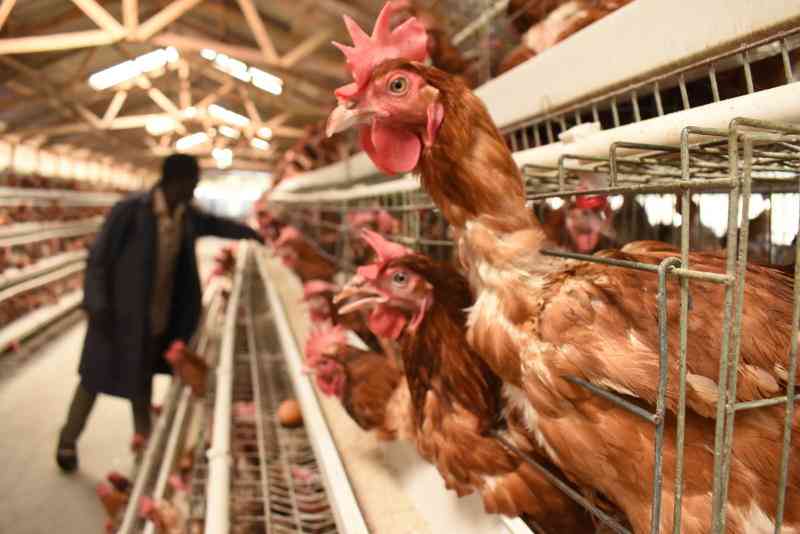By Kevin Oguoko
Owning a home provides a sense of security. But what happens when a place that is supposed to be a safety hub is prone to accidents? This is, however, preventable
Different sections of the house have different safety requirements, from anti-slip mats in the bathroom to child locks in kitchens. Here are a few things to look out for.
Bathroom
A bathroom is one of the rooms in a house that is frequently used. It is a no brainer that bathrooms are often the cleanest room in most homes, and the most pampered, with tiles and glass doors and other likes of décor.
But the cleanest does not necessarily mean the safest. Some common accidents that happen in bathrooms include falling on slippery surfaces, poisoning from various medications and injuries or from various personal care items like razors used in shaving.
One of the first and foremost things to do in bathrooms is to provide adequate lighting. This makes personal care tasks easier.
A poorly lit room can contribute to falls and errors in reading medication labels. One can improve lighting by simple practices such as keeping a flashlight by the bedside to light the way to the bathroom at night. With new technology, installing night lights that automatically turn on as the room darkens is a more prestigious option for people building upmarket homes.
Intelligent buildings, which are houses fitted with information technology systems to perform tasks like regulating the lighting, air conditioning and security systems, are gaining prominence across the world.
For the mid-income home, using the maximum wattage bulb will also help much as much. Poisoning and getting hurt by such items as razors is a threat to small children as well as adults.
For a family with toddlers, constructing cabinets in the bathrooms to store the medicines would help to keep them far as way from the children. But here is another idea; why not keep them from the bathroom in the first place? On top of the doorknob, a homeowner with toddlers can add a childproof cover, one that only adults have the strength and coordination to easily open.
Investing in a skid-proof mat that is placed on the floors of the bathtub can help prevent the problem of tripping and bumping your head in bath tubs.
Bathrooms can be a source of serious burns, especially to children whose skins are still sensitive. Most burns can be prevented if the water is a safe temperature. One should set the water heater in the house to about 48 degrees Celsius — warm enough for showers and baths, but not scalding.
To control the heat, one can buy an anti-scald device. The device helps to stop the flow if the water gets too hot. When hot water reaches an unsafe temperature, the device quickly reduces the water flow to a trickle to avoid scalding.
Kitchen
Stay informed. Subscribe to our newsletter
“Child-safety locks are most useful when a baby is between six and 25 months old,” says Anne Altman, a childproofing consultant in Santa Rosa, California. “But leave latches on after that age. The latches define consistent limits that a child recognises.”
A child safety lock is a special-purpose lock for cabinets, drawers and bottles designed to prevent children from getting at any dangerous contents.
Knives and other sharp tools, such as food-processor blades, should be placed in child-proofed drawers or high cabinets.
One cannot entirely ignore the intelligence babies garner as they grow older. Some wily babies figure out how to unhook safety latches. If a baby can open latched cabinets, one needs to store all dangerous items out-of-reach or use a safety gate to keep him out of the kitchen.
Once your baby starts crawling, strategically placed safety gates can keep child a lot safer by keeping him away from potential dangers such as the stairs and in this case, the kitchen.
The safety gate can also be used to keep a child and pet separated. Child safety gates are intended for children between six months and two years of age. Once a child learns how to open a gate, or can climb over it, it should no longer be relied upon as a safety device.
One can also set aside at least one cabinet for the baby to open and explore. Pick a cabinet that’s not too close to the stove and oven, and fill it with safe but interesting objects. Another hidden danger is plastic bags. This may cause suffocation, especially for toddlers or babies that put their heads inside them. Be sure to dispose of them properly and keep them out of reach.
Bedroom
In the choice of paints for the house, one should choose paints that do not have harmful chemicals in them. Babies may come in contact and get sick when exposed. Fortunately today, there are paints that are environmental friendly, meaning they don’t contain toxic materials such as lead.
You should also place a carpet on the stairs to avoid people from slipping. The safety gate also applies on the stairs to prevent toddlers from accessing the stairs.
Playground
Many children get injuries from home playground equipment, with many occurring when children fall from play equipment.
Children are also injured when they are hit by swings or other moving equipment, or are cut from sharp edges and protruding bolts on play structures.
To avoid these, The U S Consumer Product Safety Commission, highlights in its safety handbook how people around the world can avoid this.
One of foremost safety measures is the location of the playground. A homeowner should choose a level location for the equipment. This can reduce the likelihood of the play set tipping. Some sites may need re-grading to improve drainage or to reduce the slope.
The play equipment should also be located at least six feet from any structure or obstacle, such as a house, fence, sheds, trees or poles. Swings should be further away from structures to the front and rear of the swings — a distance equal to twice the height of the top bar from which the swing is suspended.
Metal should be painted, galvanised, or otherwise treated to prevent rust, corrosion and deterioration. Here too, the paint should not contain lead but made from safe chemicals. Wood intended for outdoor used should be naturally rot-resistant and insect-resistant, such as cedar or redwood, if not any the two then should be treated to prevent such deterioration.
A homeowner should also make sure that anchors are buried or otherwise covered with protective surfacing. Exposed anchors, hooks and bolts can create tripping hazards or lead to other injuries.
In case of help from outside, one should save the manufacturer’s instructions so one can order parts that break or wear out.
The instruction sheet should also be able to provide the name and address of the manufacturer or distributor, and the model number of the playground equipment.
Another hazard you should put in mind is that of fire; smoke alarms are a necessity and one must have the very best. Practice regular safety drills with your family to ensure awareness of procedures.
 The Standard Group Plc is a
multi-media organization with investments in media platforms spanning newspaper
print operations, television, radio broadcasting, digital and online services. The
Standard Group is recognized as a leading multi-media house in Kenya with a key
influence in matters of national and international interest.
The Standard Group Plc is a
multi-media organization with investments in media platforms spanning newspaper
print operations, television, radio broadcasting, digital and online services. The
Standard Group is recognized as a leading multi-media house in Kenya with a key
influence in matters of national and international interest.
 The Standard Group Plc is a
multi-media organization with investments in media platforms spanning newspaper
print operations, television, radio broadcasting, digital and online services. The
Standard Group is recognized as a leading multi-media house in Kenya with a key
influence in matters of national and international interest.
The Standard Group Plc is a
multi-media organization with investments in media platforms spanning newspaper
print operations, television, radio broadcasting, digital and online services. The
Standard Group is recognized as a leading multi-media house in Kenya with a key
influence in matters of national and international interest.









